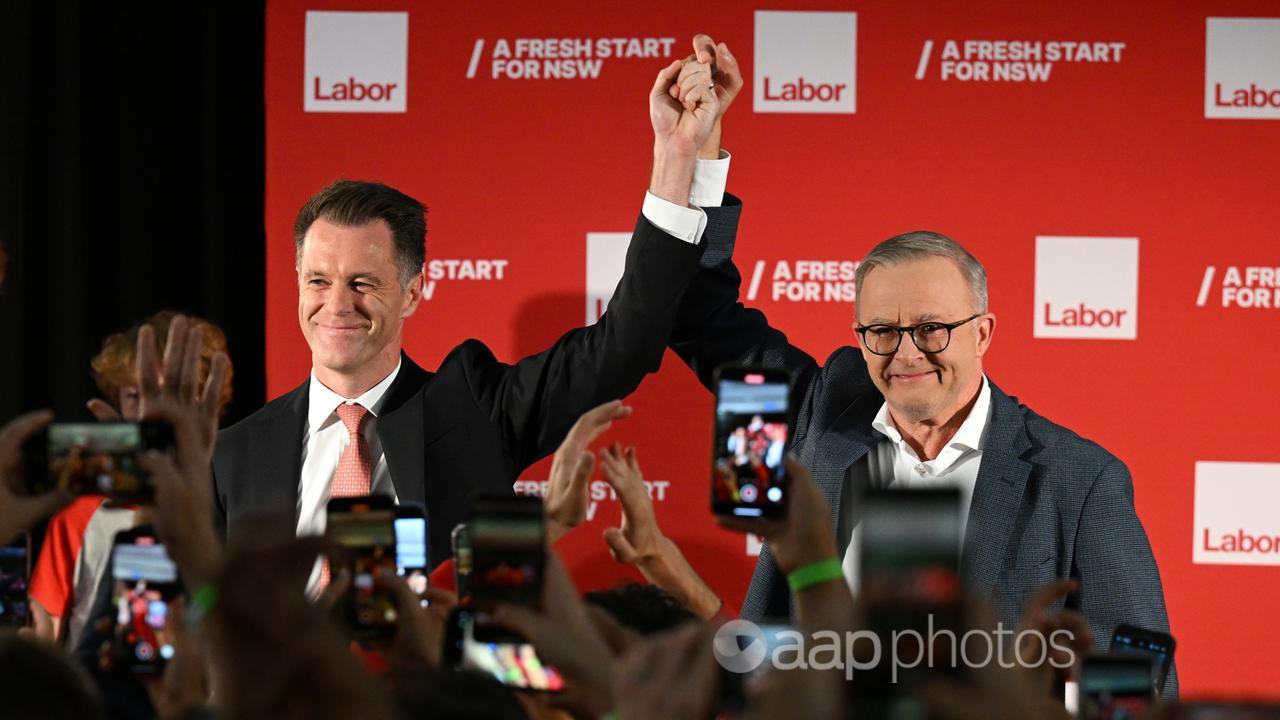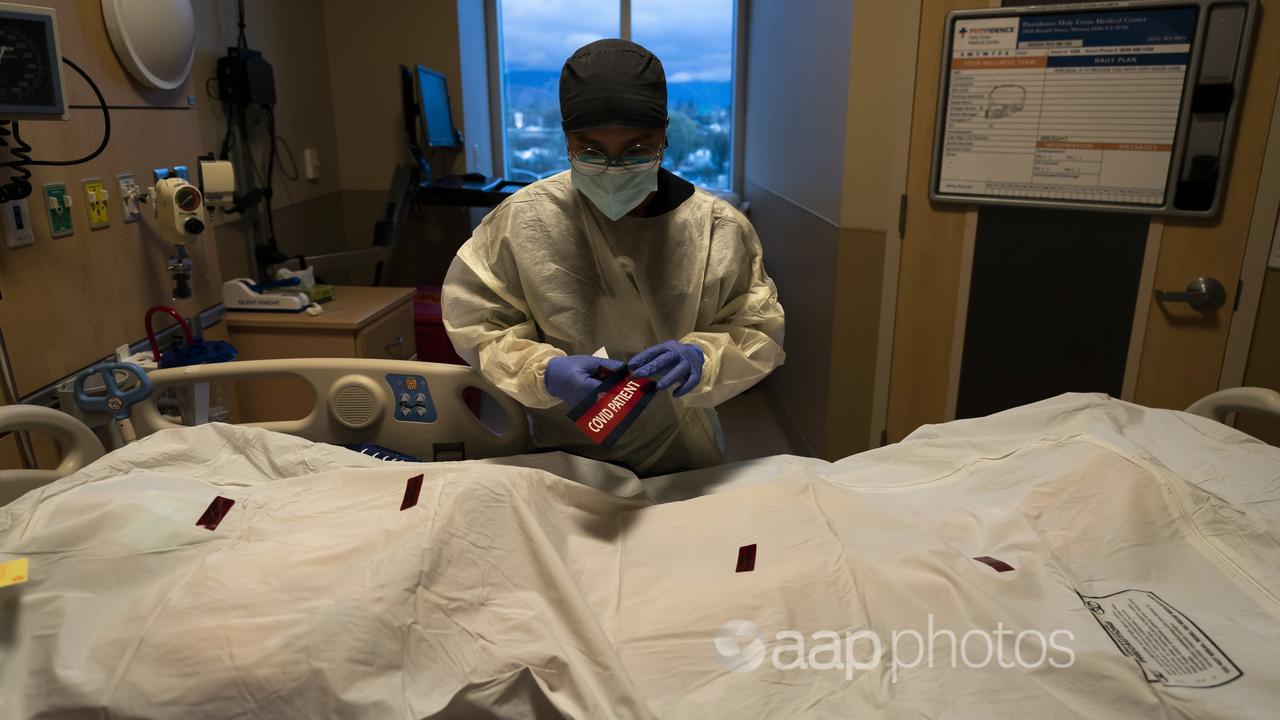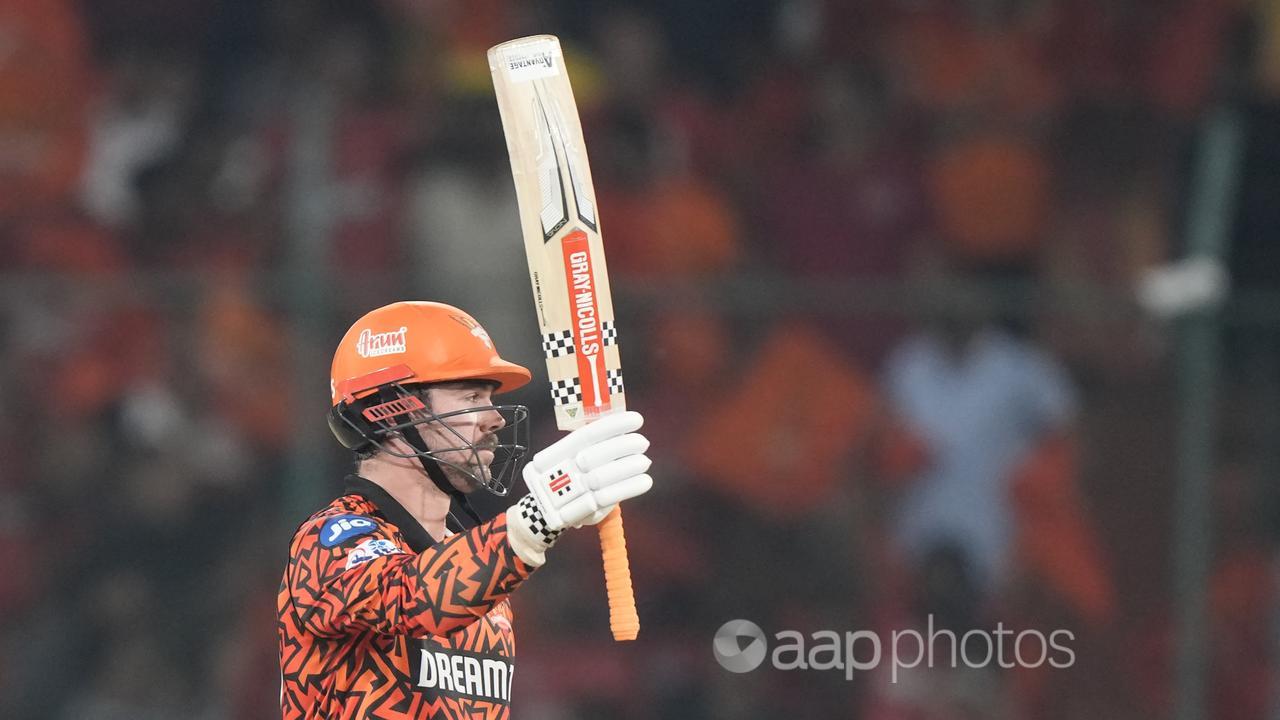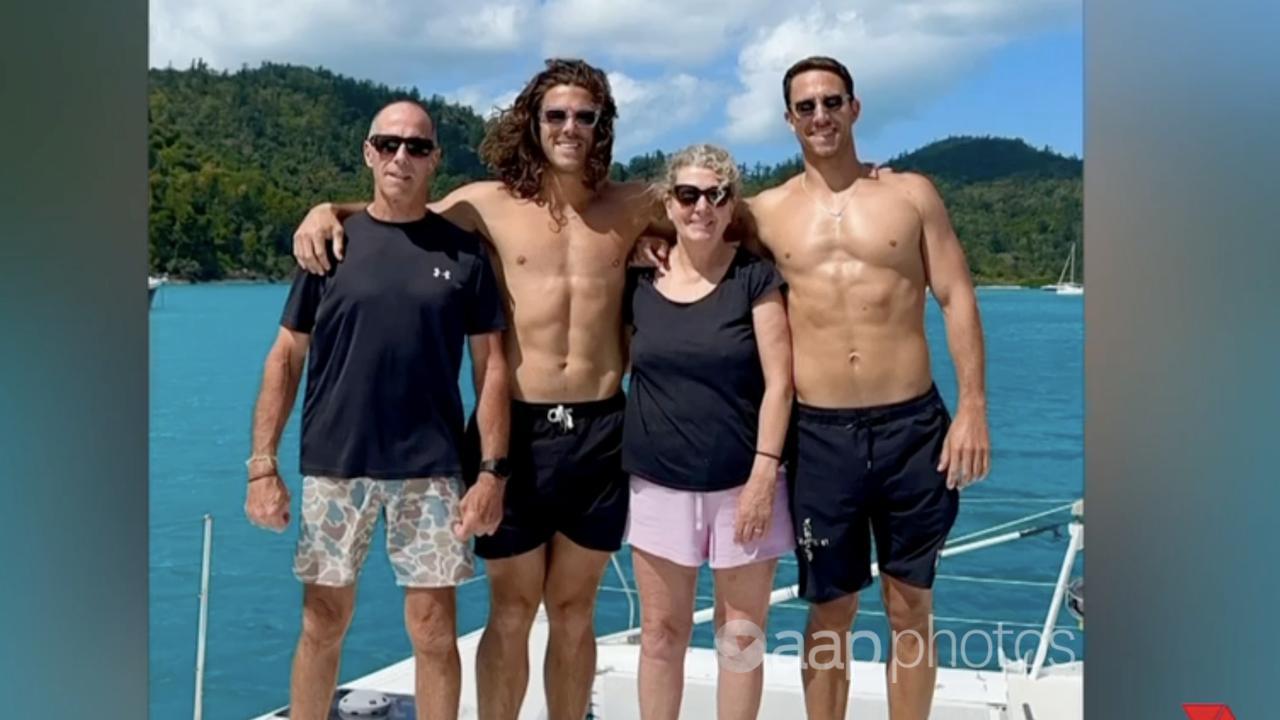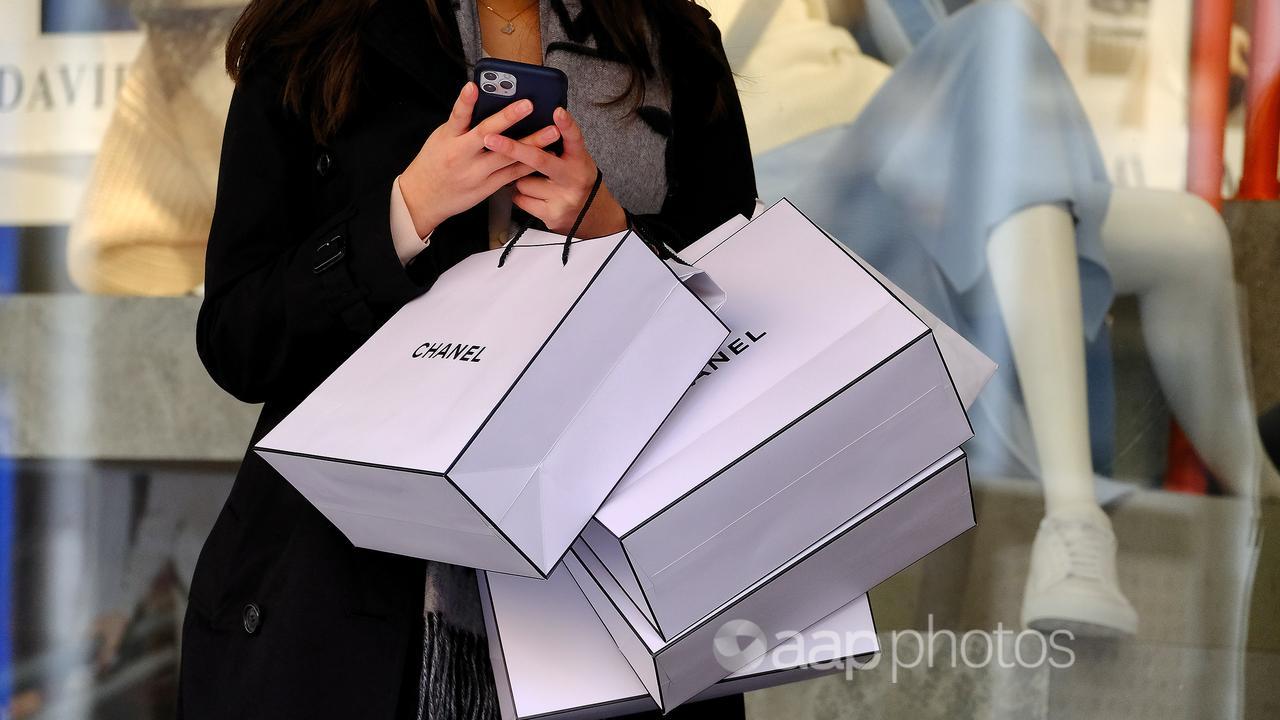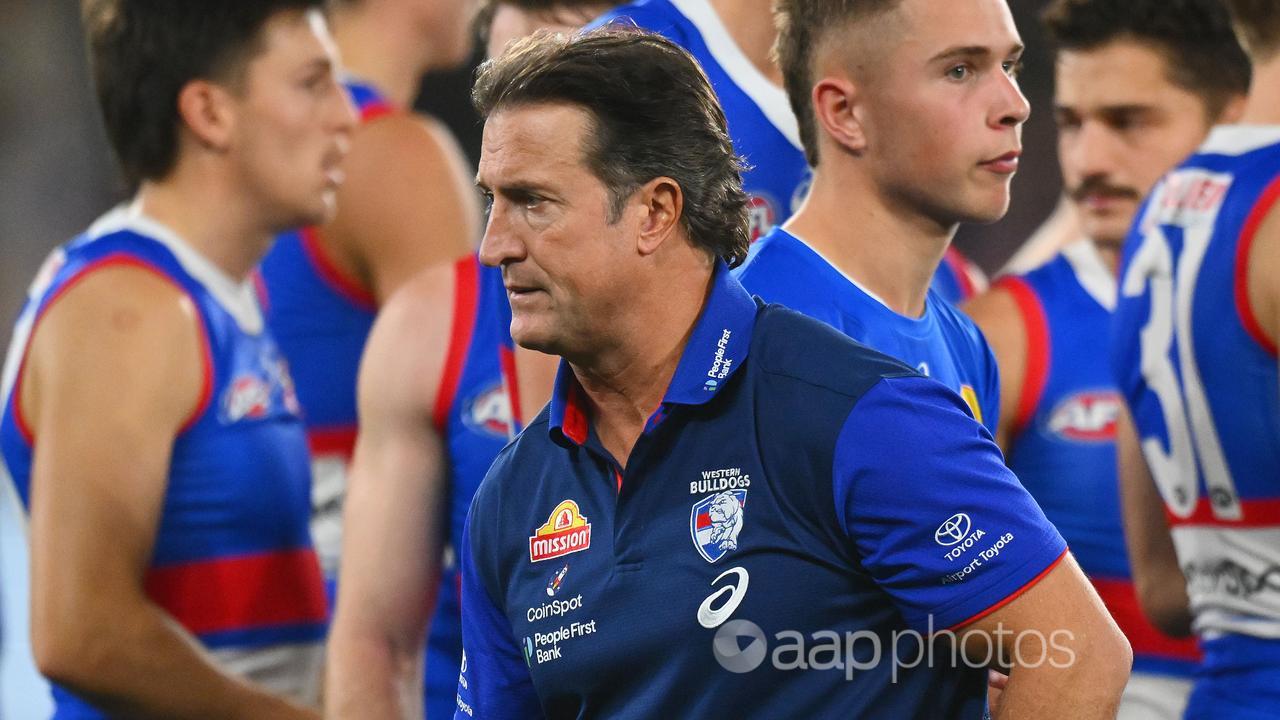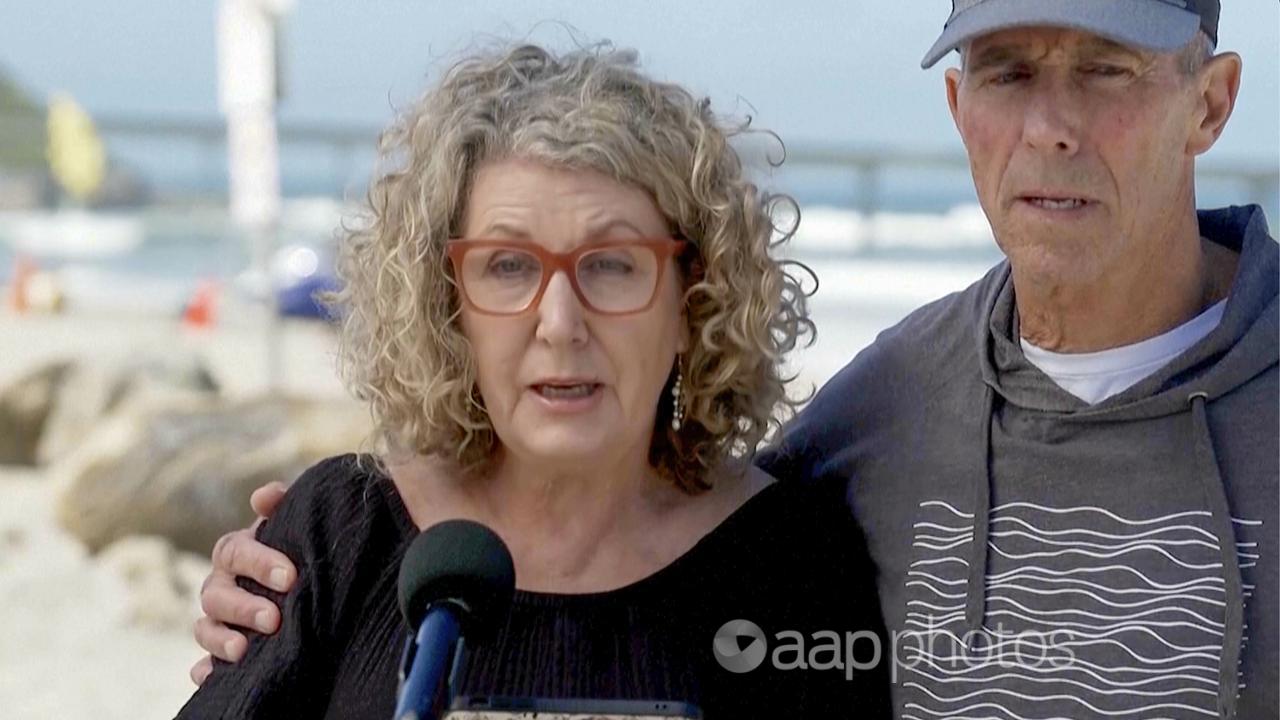A data enthusiast claims the high number of informal ballots cast at some NSW voting centres provides statistical evidence the 2023 state election was rigged.
According to his calculations, 158 voting centres recorded “substantially more informal votes than what you should expect” when compared to the statewide average, which he suggested was proof of foul play by election officials.
The claim is false. Experts told AAP FactCheck his methodology is statistically flawed, as the rates should be compared with similar polling places in previous elections, not the state average.
NSW recorded an overall informal voting rate of almost six per cent for the upper house (Legislative Council), but the proportion of ballots either intentionally spoiled, filled out incorrectly or left blank varied significantly across election districts.
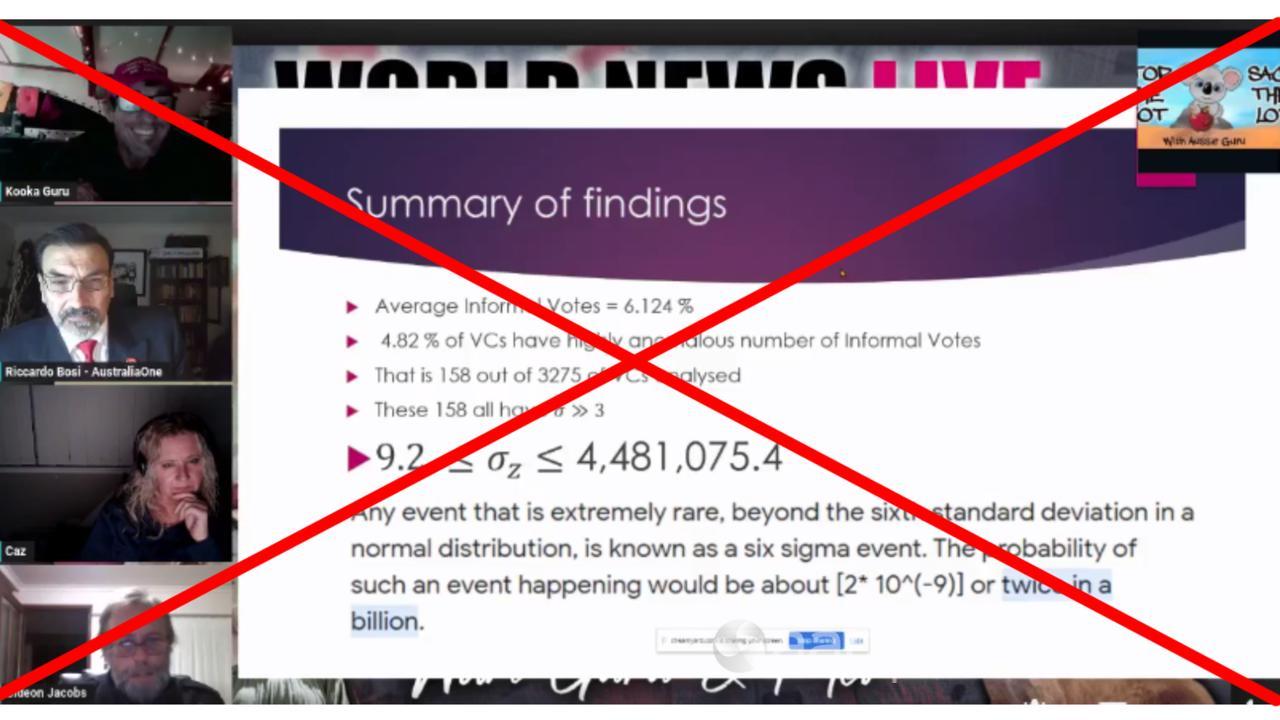
Areas with the highest informal rates in 2023 – mostly in Sydney’s west and southwest – recorded similar rates in 2015 and 2019.
Invalid voting tends to be higher in culturally diverse areas with large non-English speaking populations.
A comparison of historical voting data, as highlighted in the graphics below, shows there was nothing unusual about informal voting rates in 2023 when compared with previous elections.
The claim was made by Brisbane-based research consultant Gideon Jacobs.
Mr Jacobs presented his findings in a Facebook video discussion (screenshot here) on May 8 with unsuccessful NSW election candidates Riccardo Bosi and David Graham (Group U).
Mr Bosi and Mr Graham both have a history of promoting political misinformation, as seen here, here, here and here.
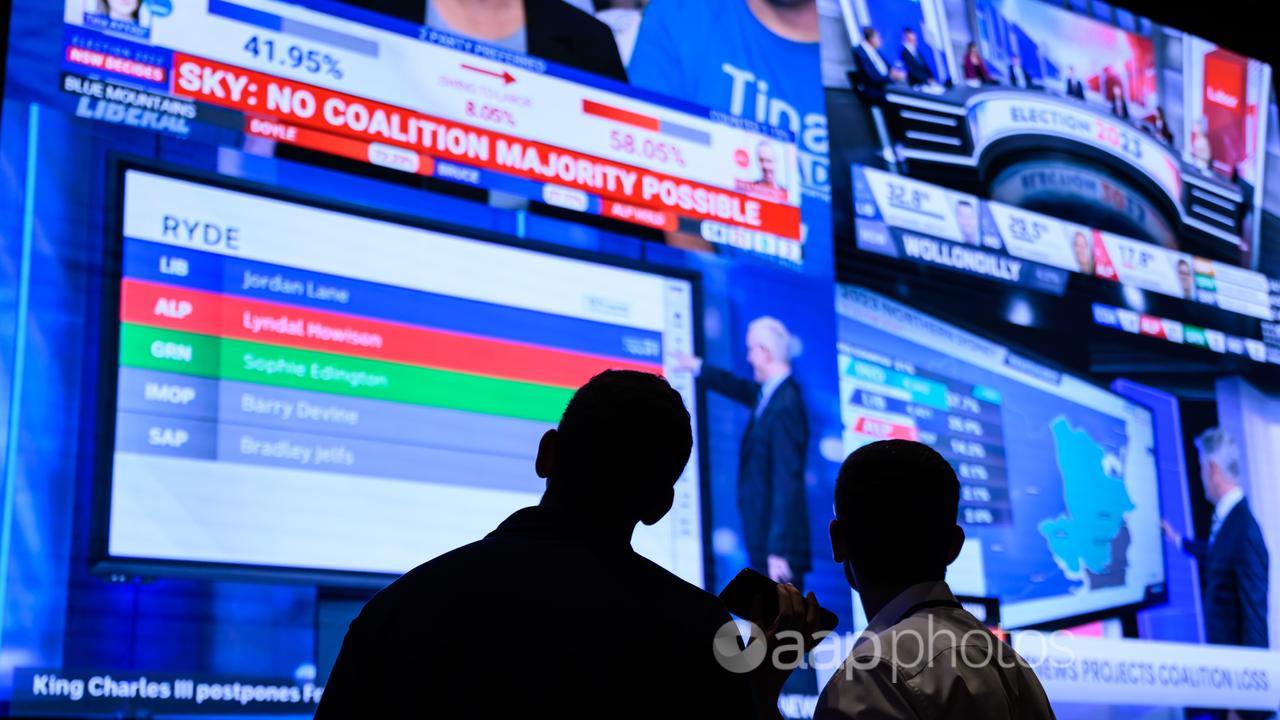
In the video, Mr Jacobs presents a data table showing dozens of voting centres recorded informal rates much higher than the state average, including centres where more than 20 per cent of voters failed to mark ballots correctly (video mark 39min 03sec).
Mr Jacobs claimed his data revealed a “highly anomalous number of informal votes” in some areas (video mark 10min 28sec).
He suggests this may be due to voting centre staff intentionally spoiling ballot papers cast in favour of minor parties (video mark 53min 09sec).
Mr Jacobs is correct that some voting centres recorded a high number of informal votes. But there is no evidence this means the election was rigged.
Informal voting has consistently been around six per cent across the three most recent NSW state elections.
At the 2015 state election, 5.65 per cent of upper house votes were deemed informal. That figure rose to 6.35 per cent at the 2019 election, before falling back to 5.69 per cent in 2023.
Electoral districts with the highest rates of informal voting have also remained relatively consistent over time, as illustrated in the maps below.
Each district has about 20 designated voting centres where people can cast their ballots.
It is not possible to directly compare informal voting rates across each centre over time as the list of polling places changes from election to election.
But AAP FactCheck analysed three voting centres which recorded high informal ballot rates in 2023 - St Marys Guildford in Fairfield, Sadleir Public in Liverpool and Lurnea Public in Holsworthy - and found similar rates occurred in 2015, 2019 and 2023, as illustrated in the bar chart below.
The comparisons show there was no significant change to informal voting behaviour at the 2023 poll, in contrary to the claim made in the Facebook video.
Professor Jake Olivier, head of UNSW Sydney's Department of Statistics, told AAP FactCheck statistical concerns about informal voting rates should be considered in the context of spoilage rates in prior elections.
"I would be looking at what it was like historically," Prof Olivier said in a phone interview about the video's claims.
"If it was not that different from what's happening in the past, I'm not sure I'd be concerned.
"You might be concerned that 20 per cent is a high amount (of invalid votes) but that should have been a concern for the election previously as well, and any time it's been that much."
Prof Olivier said it was not a surprise to find high informal ballot rates at some polling places "on the tail end of the distribution", given there were thousands of voting centres across the state.
"It's related to what we call the law of large numbers. With enough things being observed, eventually, you'll observe something that you might think of as abnormal," he said.
Ben Raue, a freelance election analyst and creator of the independent Tally Room website, told AAP FactCheck in an email that informal voting "varies based on a bunch of criteria and 15 per cent is far from implausible".
Voters sometimes invalidate their ballot accidentally but could also do it intentionally, Mr Raue said.
The Australian Electoral Commission (AEC) says the main factors influencing informal vote rates are English language proficiency, the number of candidates on the ballot paper, differences between state/territory and federal electoral systems and proximity to other electoral events (page 34).
This AEC review of informal voting at the 2016 federal election found a strong correlation between socio-economic disadvantage and informality rates in Sydney electorates.
The Verdict
The claim high informal voting at the NSW state election is proof of election fraud is false.
Areas that recorded the highest proportion of invalid ballots also recorded similarly high rates of informal voting in previous elections.
Experts told AAP FactCheck a fair analysis of informal voting rates in specific areas should compare the 2023 figures with historical data, not against the 2023 statewide average.
In addition, the total informal vote percentage for the upper house in 2023 was lower than in 2019.
False – The claim is inaccurate.
AAP FactCheck is an accredited member of the International Fact-Checking Network. To keep up with our latest fact checks, follow us on Facebook, Twitter and Instagram.
All information, text and images included on the AAP Websites is for personal use only and may not be re-written, copied, re-sold or re-distributed, framed, linked, shared onto social media or otherwise used whether for compensation of any kind or not, unless you have the prior written permission of AAP. For more information, please refer to our standard terms and conditions.

